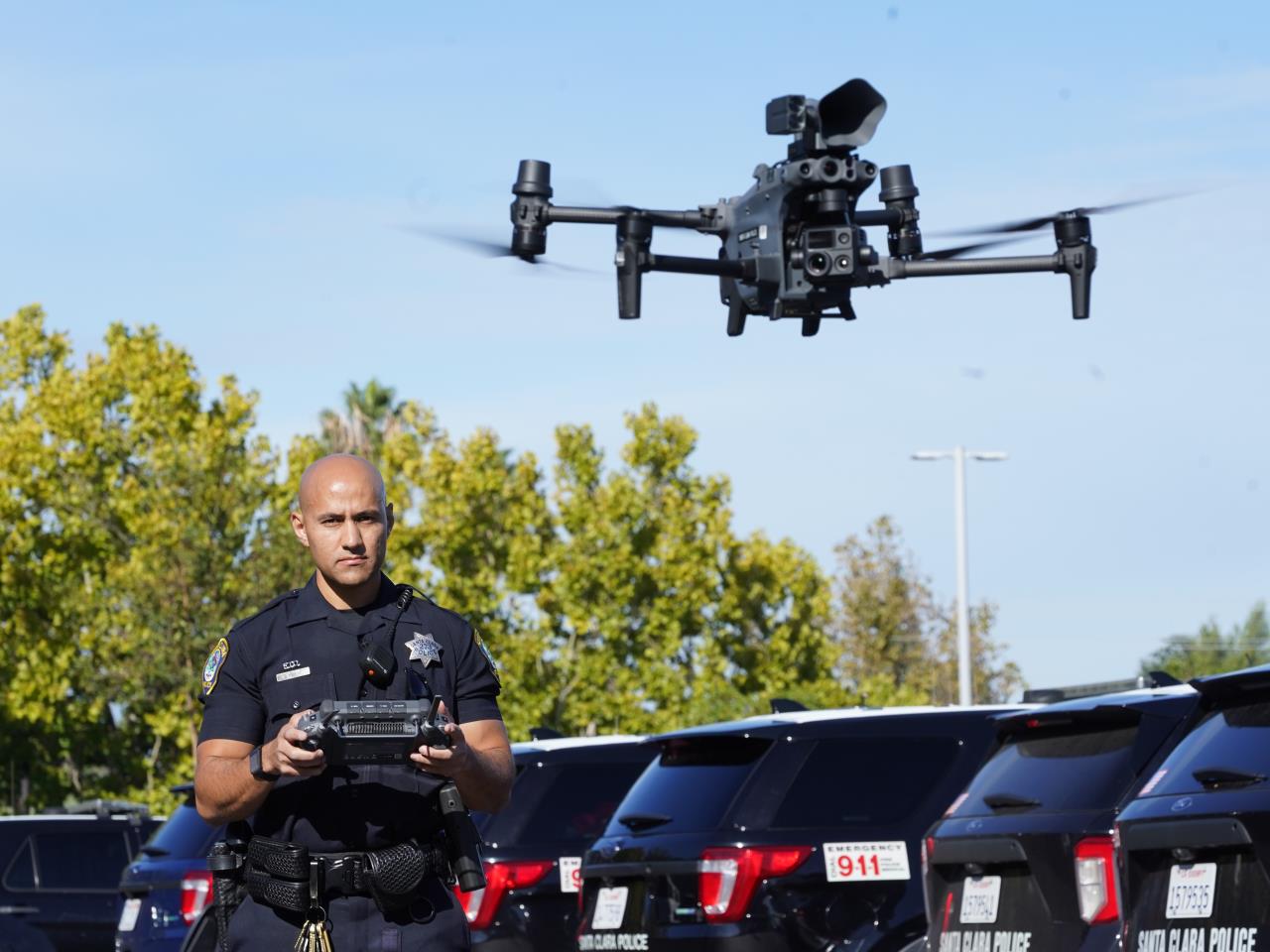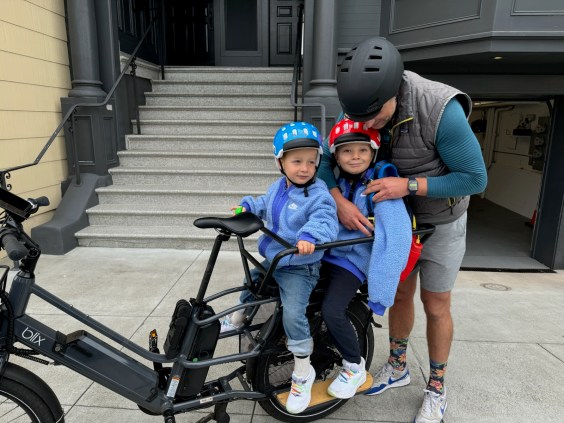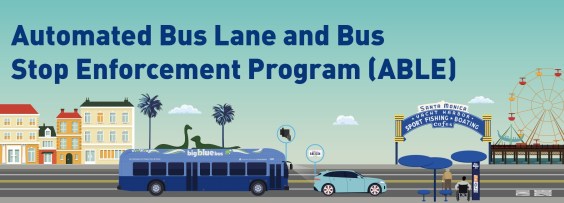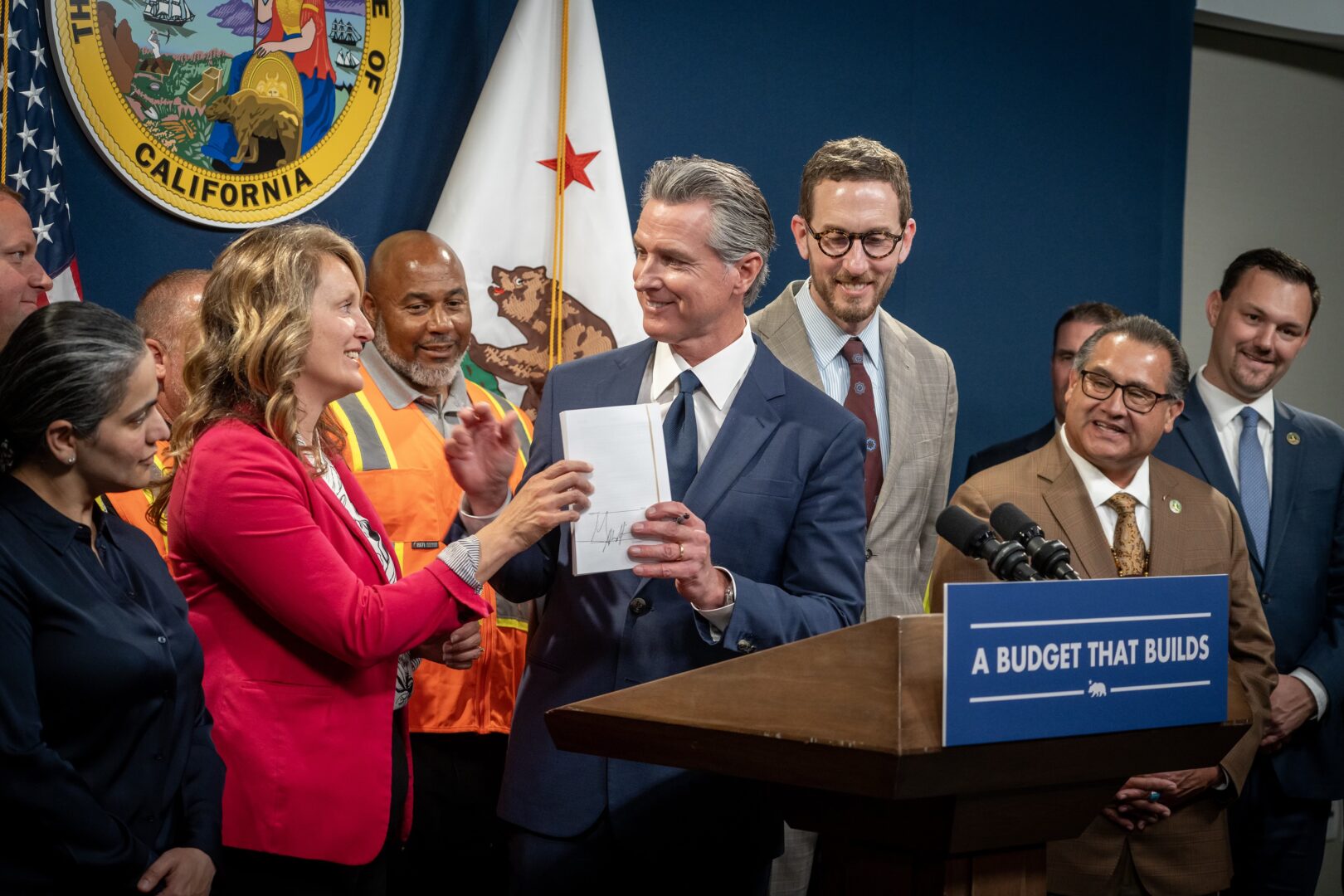Transit agencies shell out big bucks to build and operate parking facilities. But how much do we really know about what they get for their money?
Researchers Lisa Jacobson and Rachel Weinberger surveyed 37 American transit agencies about park-and-ride facilities. They found that despite the expense of park-and-rides and the fact that many spaces go unused, most of the 32 agencies that manage parking are still planning to build more of it.
Here are six big take-aways from their recent report, published by the Transportation Research Board [PDF].
1. Most transit passengers don't park and ride
People who park at stations account for about 22 percent of total ridership across the 32 agencies that offer park-and-ride facilities. Even looking only at commuter rail and express bus service -- the two modes closely associated with park-and-rides -- most passengers don't use parking. For commuter rail, 41 percent of passengers park and ride, and for express buses the figure is 30 percent.
2. Many park-and-ride lots don't come close to filling up even at peak hours
Even during weekdays, park-and-ride lots are, on average, only 65 percent full. The authors say this "would be considered underutilized based on parking industry standards," meaning a private company with so much empty parking stalls would consider doing something else with the land.
"On average, this sample of transit agencies has approximately 155,000 unused parking spaces on any given day," the report states. That's about a square mile of empty parking.
3. Most agencies don't charge for parking
Most agencies that own or manage parking -- 67 percent -- don't charge for it at all. Of the agencies that make parking free, 64 percent said they give parking away to boost ridership. Other reasons included: public resistance to charging for parking, the costs of parking enforcement or payment technology, and concerns the market won't support parking prices.
4. All agencies lose money on parking
Some agencies recover more revenue via parking fees than others, but parking is a money loser for all of them. In the D.C. region, WMATA gets back 66 percent of what it spends on parking annually, a loss of about $23 million. Meanwhile, Triangle Transit in North Carolina recovers almost nothing and subsidizes its parking facilities 100 percent.
5. Transit agencies don't consider parking an important part of their ridership strategy
Despite the money they spend subsidizing park-and-rides, only about 40 percent of transit agencies said parking at major stops is very important for access. Asked to rate 13 strategies to draw riders, the agencies collectively rated park-and-rides the 10th most important, behind real-time travel information.
6. Most agencies are expanding parking anyway
Even so, about 70 percent of transit agencies with park-and-rides are either expanding parking facilities or planning to. Almost half of those agencies said they are adding parking as part of new station development, rather than expanding existing parking facilities.
One reason agencies say they are building more parking is "the availability of funding." The report doesn't elaborate, but federal policies probably play a role. The inclusion of park-and-ride facilities in a transit expansion project can help land federal "congestion mitigation" funds, the rationale being that people who park-and-ride make roads less clogged for other drivers. Once some space opens up on roads, however, motor vehicle traffic has a way of quickly filling the vacuum.






